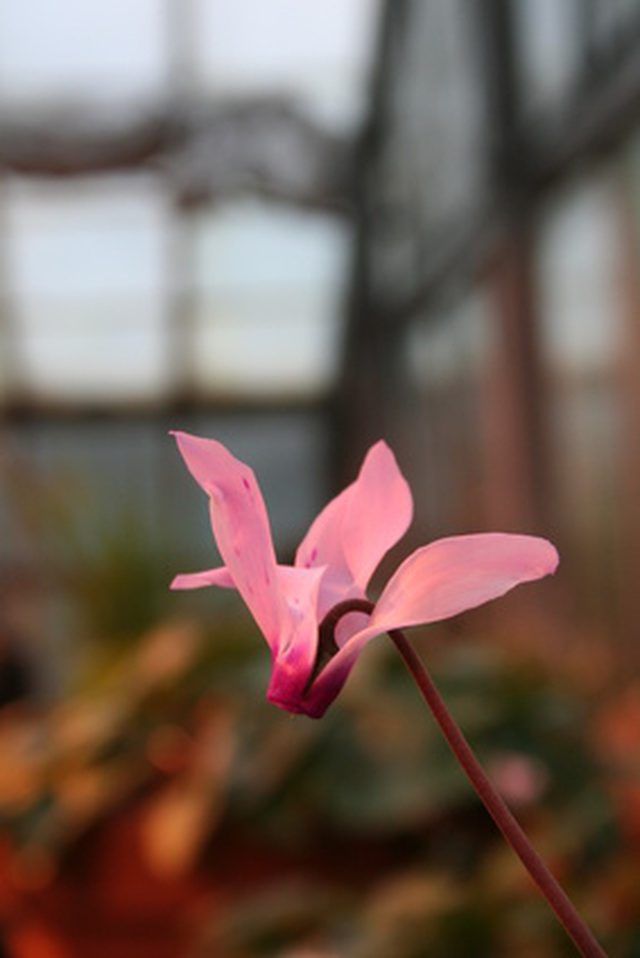Bulbs
Flower Basics
Flower Beds & Specialty Gardens
Flower Garden
Garden Furniture
Garden Gnomes
Garden Seeds
Garden Sheds
Garden Statues
Garden Tools & Supplies
Gardening Basics
Green & Organic
Groundcovers & Vines
Growing Annuals
Growing Basil
Growing Beans
Growing Berries
Growing Blueberries
Growing Cactus
Growing Corn
Growing Cotton
Growing Edibles
Growing Flowers
Growing Garlic
Growing Grapes
Growing Grass
Growing Herbs
Growing Jasmine
Growing Mint
Growing Mushrooms
Orchids
Growing Peanuts
Growing Perennials
Growing Plants
Growing Rosemary
Growing Roses
Growing Strawberries
Growing Sunflowers
Growing Thyme
Growing Tomatoes
Growing Tulips
Growing Vegetables
Herb Basics
Herb Garden
Indoor Growing
Landscaping Basics
Landscaping Patios
Landscaping Plants
Landscaping Shrubs
Landscaping Trees
Landscaping Walks & Pathways
Lawn Basics
Lawn Maintenance
Lawn Mowers
Lawn Ornaments
Lawn Planting
Lawn Tools
Outdoor Growing
Overall Landscape Planning
Pests, Weeds & Problems
Plant Basics
Rock Garden
Rose Garden
Shrubs
Soil
Specialty Gardens
Trees
Vegetable Garden
Yard Maintenance
White Mold on Dirt Around Plant
White Mold on Dirt Around Plant. That white mold on your plant's soil is not harmful, but it does indicate that something is out of balance. This is a common issue with house plants, especially for beginning gardeners.

That white mold on your plant's soil is not harmful, but it does indicate that something is out of balance. This is a common issue with house plants, especially for beginning gardeners.
Appearance
If you're not sure whether that's white mold on your soil, it probably isn't. White mold on the soil looks like white freckles or drips of paint on otherwise dark soil.
Cause
The most common cause of white mold on soil is excess moisture in the soil. This is usually caused by overwatering; cut back on your watering habits and ensure the underlying layers of soil are dry, not wet, before you water.
Prevention/Solution
Plants with adequate drainage are less likely to develop white mold. Always plant house plants in containers with drainage holes; if using nonporous containers, fill the bottom three to four inches of the planter with crushed rock.
Tip
Plants benefit from light and air circulation. Increase air circulation to your houseplants with a fan or move them outside for fresh air if temperatures are above 40 degrees Fahrenheit.
Solution
Scrape the mold off the dirt with a spoon and add fresh soil. If you suspect your houseplant may be too small for its container, transplant it into a larger container and use new potting soil.